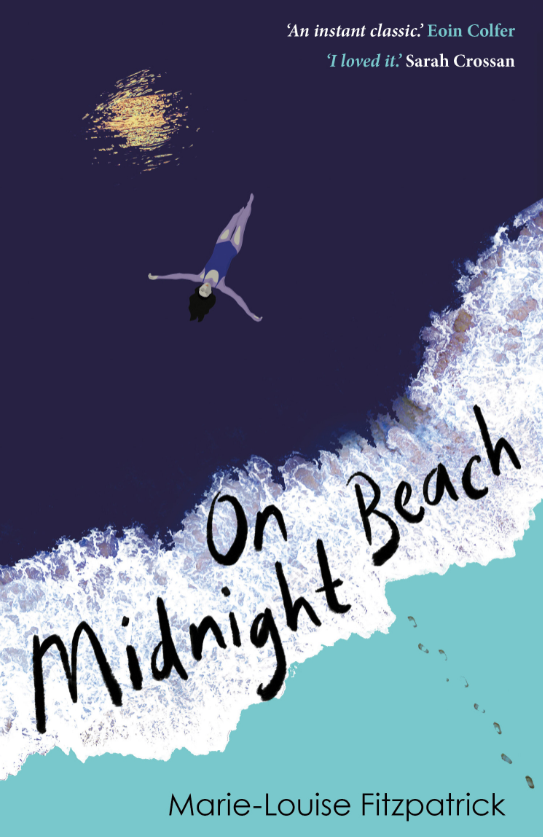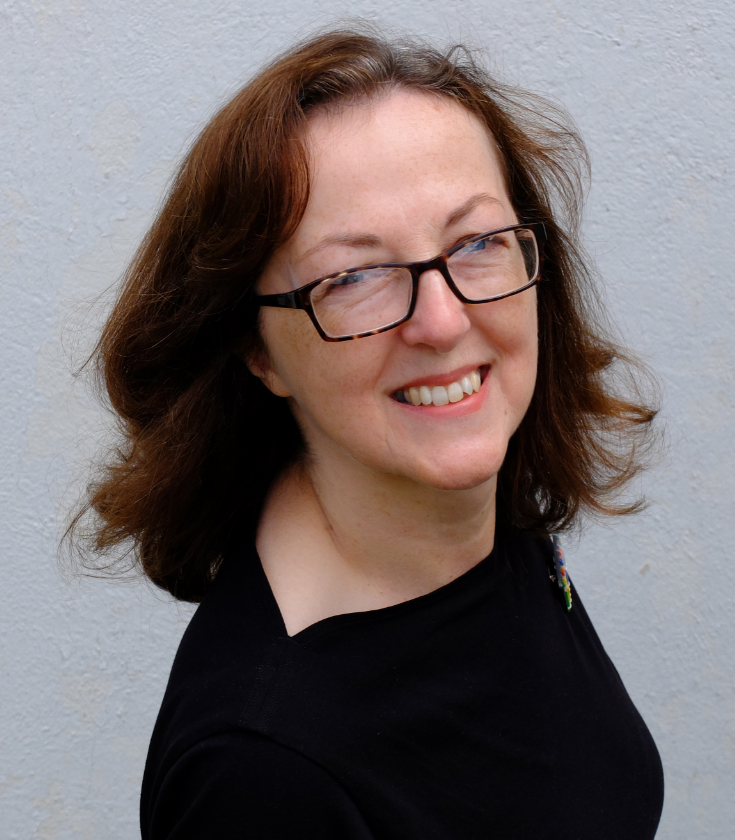The great advantage of reworking a myth or legend as a YA story is that you’ve got a ready-made plot and characters. The disadvantage? The story and characters have been around a long time.

You’re working with tales which belong to the world and, more specifically, to their country of origin. Do you dare to take them on?
Know Your Legend
It’s only by knowing the story well in the first place that you can confidently strip away parts of it, drop characters, change plotlines, reimagine it completely. Research back as far as you can to the earliest available source material. Read multiple versions. Many things get lost and added in the retelling and a thousand storytellers have been here before you. Whatever choices and changes you make, you can be sure someone will hate it, but, if you respect the source material even as you slice and dice it, you can at least approach it with a steady hand.
What’s Your Angle?
Figure out what it is you want to do with the source story. Is it going to be a fairly straightforward retelling in modern dress? A re-imagining which uses the original material as light scaffolding for a new story? A parody which turns the original on its head? A retelling from an unusual perspective? A gender fluid version?
With On Midnight Beach I’m re-imagining the story of one of Ireland’s greatest heroes, Cúchulainn. I’ve reset it in Donegal in the long hot summer of ’76, with the main protagonists redrawn as teenagers. A stolen bull has become a kidnapped dolphin and the cast of thousands has been cut to a manageable two dozen or so. I set out to follow the action of the original tale fairly faithfully, but in the end I had to serve my own story and allow my own vision and ideas to drive it. I was grappling with the whole concept of what a hero is and why so many of them are defined by acts of violence and aggression. I chose to tell the story mainly through the eyes of a teenage girl, Emer, and those of an outsider, Gus, so I could observe the acts of heroism and violence from different angles.
Kill Your (Ancient) Darlings
In the early drafts of On Midnight Beach I got carried away trying to mimic the varied forms and shifts of perspective in the original written versions. As well as two first-person narrators conveying the main action, there was a third strand with the Celtic goddess of war and death, the Morrigan, as an old woman up in the hills, salivating over the rising tensions in the towns below. Interspersed with the two narrators and the third person piece of magical realism, were free-verse poems in the voices of two dolphins – shape-shifting magicians who’ve been battling each other for centuries.
Yep, this early version was one glorious mess. It drew some of the best rejection letters I’ve ever received from editors, with comments I’d happily have quoted on the cover. But a no is a no. I took a deep breath and hit select/delete on the (pretty good) Morrigan chapters and the (fairly awful) dolphin poems, losing 12,000 words in five minutes and winding up with a tighter, cleaner story. The Morrigan makes a brief uncredited appearance as a scavenging crow and the dolphins are just, well, dolphins.
2D to 3D
Archetypal heroes can be a pretty two dimensional lot, high on looks and muscle-mass but low on personality. Part of the appeal of reworking familiar heroes is trying to get inside their heads, fleshing out their characters, adding depth and nuance. I had to dig deep to get to know some of the characters in the Táin but even in the earliest written versions one or two big personalities break the surface of the page as recognisable flawed human beings. Queen Maeve is one of those ‘big’ personalities but I was nervous about trying to bring such an iconic woman to life as a seventeen-year old girl. I decided not to panic and just hoped I was so familiar with Maeve that she would turn up and write herself. And she did.
Cúchulainn – Dog Cullen in my version – was much more elusive. He has a plethora of talents and positive traits attributed to him, many of which are completely at variance with his subsequent actions. In the end I had to find my own Cúchulainn, someone who felt real and possible. The original hero and legend belong to the world but Dog Cullen belongs to me.
Marie-Louise Fitzpatrick is an award-winning Irish author/illustrator. Her books include The Sleeping Giant, Izzy and Skunk, Hagwitch, There and Owl Bat Bat Owl.
Comments